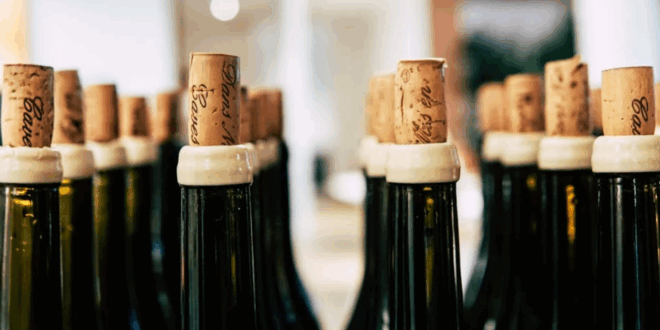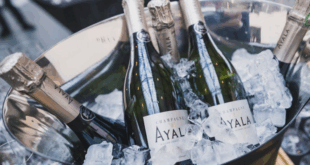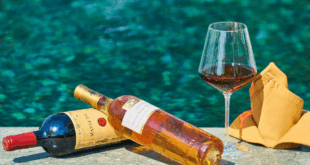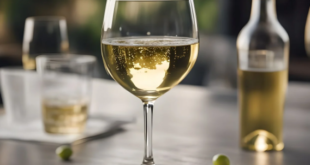Not all wines are meant to be aged — and knowing which ones can be stored, and for how long, can mean the difference between sipping a beautifully evolved vintage or pouring a once-promising bottle down the sink. Whether you’re a budding collector or just wondering if that bottle from five years ago is still good, understanding wine storage and aging potential is key.
Let’s uncork the facts.
The Myth: All Wine Gets Better with Age
Contrary to popular belief, most wines are made to be consumed within 1–5 years of bottling. Only a small percentage are crafted to improve with long-term aging. The right conditions and varietal choices can transform a good wine into something exceptional over time — but the wrong bottle stored too long can quickly turn dull, oxidized, or even undrinkable.
What Makes a Wine Age-Worthy?
Wines that age well typically have:
- Acidity – Helps preserve freshness and structure.
- Tannins – Natural preservatives found in red wines.
- Alcohol Level – Higher alcohol can help with longevity, but balance is key.
- Residual Sugar – Sweeter wines tend to last longer.
- Fruit Concentration – Bold, complex flavors develop more depth over time.
- Balance – Harmony between acidity, tannins, fruit, and alcohol increases aging potential.
How Long Different Wines Can Be Stored
Here’s a general guide to aging potential by wine style:
White Wines
- Sauvignon Blanc, Pinot Grigio: Drink within 1–2 years
- Unoaked Chardonnay: 1–3 years
- Oaked Chardonnay: 3–7 years
- Riesling (especially off-dry or sweet): 5–20 years
- Chenin Blanc, White Burgundy: 5–15 years
Red Wines
- Beaujolais Nouveau: Drink within 6–12 months
- Pinot Noir: 3–8 years
- Merlot, Zinfandel: 4–10 years
- Cabernet Sauvignon, Bordeaux blends: 5–20+ years
- Nebbiolo (Barolo, Barbaresco): 10–30 years
- Syrah/Shiraz: 5–15 years
Rosé
- Best enjoyed within 1–2 years of bottling. Rosé is prized for its freshness.
Sparkling Wines
- Non-vintage Champagne or Prosecco: 1–3 years
- Vintage Champagne: 5–15 years, sometimes longer
Dessert and Fortified Wines
- Port: 10–100 years depending on style (Vintage Port ages best)
- Madeira: Can age for centuries!
- Sauternes, Tokaji: 10–30 years
- Sherry: Depends — Fino (drink young), Oloroso (can age 10+ years)
Storage Conditions Matter
Even age-worthy wines can spoil if stored improperly. Here’s how to store wine correctly:
- Temperature: A steady 10–15°C (50–59°F) is ideal.
- Humidity: Aim for 60–70% to keep corks from drying out.
- Darkness: Keep wine away from light, especially sunlight.
- Stillness: Avoid frequent movement or vibrations.
- Position: Store bottles horizontally to keep corks moist (unless screw-capped).
Avoid storing wine in kitchens, laundry rooms, or garages where temperature fluctuates wildly.
Bonus tip: If you don’t have a wine fridge or cellar, a cool closet works for short-term storage.
How to Tell if a Wine Has Aged Well
A wine that has aged well will often show:
- Softer tannins (in reds)
- More complex aromas (leather, spice, nuts, dried fruits)
- A smooth, balanced mouthfeel
- A lingering, harmonious finish
A wine that has gone bad may taste flat, overly acidic, oxidized (think: vinegar or sherry), or have unpleasant aromas like wet cardboard or cooked fruit.
Final Pour
Not every wine is destined for the cellar, but understanding when wines can be stored — and how — empowers you to enjoy your bottles at their very best. If in doubt, remember: it’s usually safer to drink early than wait too long.
So whether you’re building a collection or saving something special for next year, proper storage and a little knowledge will go a long way toward preserving liquid gold.
 Vino-Club For Wine Lovers
Vino-Club For Wine Lovers






